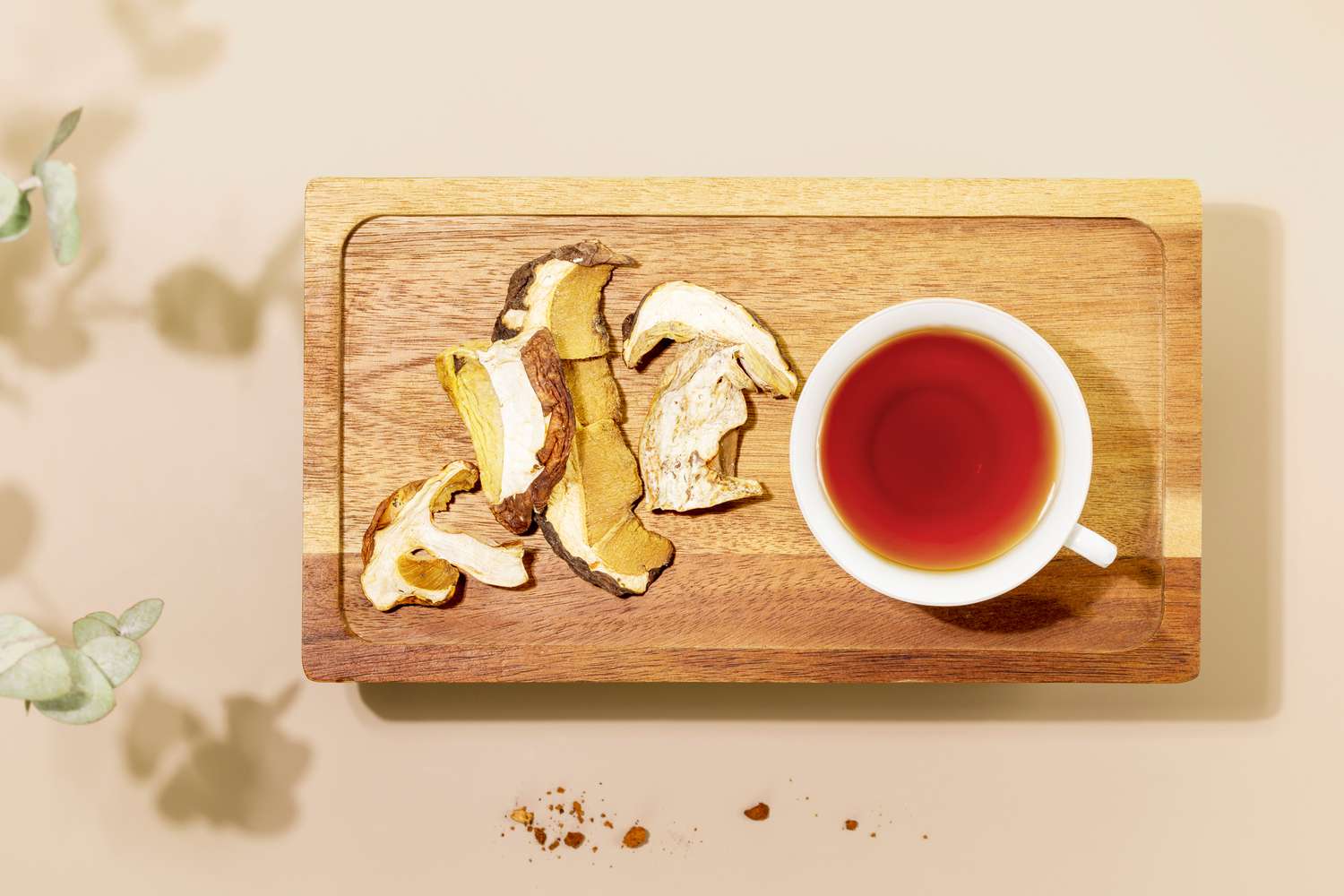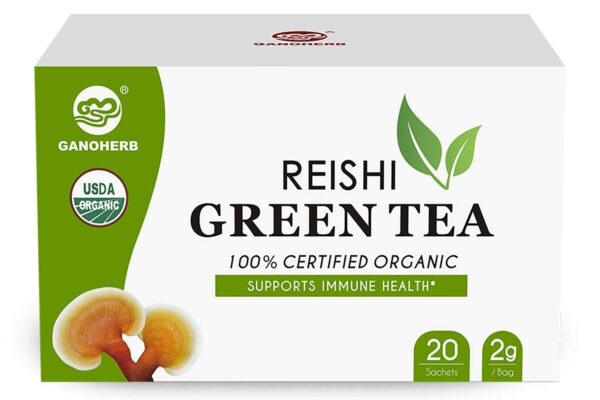Blog
Mushroom Tea and Its Health Benefits
Amanita muscaria is widely recognized for its psychoactive effects; however, it also provides numerous health advantages. To get the most out of its use and its potential health benefits, it is essential to learn about all of its species as well as their pharmacological characteristics.
Amanita muscaria (commonly known as fly agaric) is an ancient mushroom used for both intoxication and spiritual purposes in various cultures around the world, serving as the basis of Norse mythology’s Soma drink.
It is a psychedelic
Mushroom tea is an effective delivery system for psychedelic mushrooms that is safe, non-addictive and 100% non-addictive. However, as with all forms of medication or ingestion of any sort, mushroom tea should be taken with caution as its fast absorption rate and more robust experience than dried mushroom powder may lead to potentially negative side effects and interactions with medications prescribed to certain individuals as well as possible negative interactions that may interfere with certain health conditions or interfere with healing treatments.
Amanita muscaria, commonly referred to as fly agaric fungi, is one of the world’s most iconic fungi. A symbol of myth and folklore with roots dating back to pre-biblical times; used by shamans across Siberia and Northern Europe for spiritual healing purposes and remaining symbolic today as it was then.
Tea made with Amanita mushrooms provides an uplifting and spiritual experience while providing an analgesic effect, all at the same time. Amanitas contain the hallucinogenic compound psilocybin, which produces visual and mental hallucinations as well as shifts in perception; its metabolite, Muscimol, causes shifts in consciousness as well as feelings of wellbeing; effects may last up to 4 hours with potential side effects including drowsiness, muscle spasms and even delirium – therefore it is important that when taking these mushrooms that you drink plenty of water as well as consume food in abundance!
As Amanitas contain coprine, an inhibitor of ethanol metabolism that may lead to harmful side effects when taken alongside medications, they should only be consumed by experienced individuals who understand its potential risks and should only ingest as prescribed.
Mushroom hunting and identification can be an intricate process, but there are a few key strategies that can help make it simpler. One strategy is reading books like Dennis Feeney’s “Fly Agaric: A Guide to Identifying and Hunting Amanita Species”. This book includes detailed photographs of different Amanita species as well as technical guidelines for correct identification. Furthermore, this text describes their effects as well as how to differentiate them from similar-looking varieties.
It is a mild psychedelic
There is an increasing trend of research into mushroom-derived indole-type alkaloids such as psilocybin, harmine and dimethyltryptamine (DMT) for neuropsychiatric conditions such as depression and anxiety. Although these natural metabolites present legal issues when taken therapeutically, their natural healing properties make them an excellent candidate. Fungi have long been used for both spiritual and medicinal use – in recent decades the trend has only intensified further with more publications, research programs, clinical trials involving these powerful metabolites than ever before.
Amanita muscaria, commonly referred to as the “fly agaric,” contains two psychoactive substances – ibotenic acid and muscimol – that act on GABA receptors in the nervous system and produce psychedelic effects. Muscimol acts as an isoxazole alkaloid that interacts with various parts of GABA receptors while ibotenic acid acts as an agonist at this same site.
These mushrooms produce an array of effects, from hallucinations and perception shifts to mild euphoria that may help alleviate anxiety or reduce stress levels; it also boosts energy levels and encourages creativity – making it an excellent way to experience psychedelic effects without the risk of experiencing an unpleasant trip. Amanita muscaria mushrooms are especially popular among people seeking an immersive psychedelic experience without risking an unpleasant trip.
There have been suggestions that Santa Claus may have some connection with Amanita Muscaria mushrooms, which contain high concentrations of Ibotenic Acid and Muscimol which can produce unpredictable highs as well as providing anti-inflammatory benefits and cell rejuvenation benefits. Researchers have discovered this connection.
Amanita muscaria has long been used by indigenous cultures across Europe, Siberia and South America for ritualistic and medicinal use. Consuming it during shamanic rituals was believed to help connect to spirits as well as heal spirit body mind and spirit simultaneously. Amanita even found itself featured prominently in one of Hinduism’s oldest texts called Rigveda!
Amanita mushroom tea is an ideal beverage for anyone seeking to experience psychedelic effects safely and controlledly, while extracts are increasingly used as microdoses to increase mood and reduce stress. Furthermore, extracts contain higher concentrations of the active chemical Muscimol than dried Amanitas which makes them an easier solution for beginners looking for their first experience with mushrooms.
It is a strong psychedelic
Amanita muscaria, commonly referred to as Fly Agaric mushrooms, can produce strong and unpredictable psychedelic effects that vary widely from person to person, from mild highs up to full psychoactive trips. Since effects may differ depending on which strain of mushroom you take or from where they’re acquired, it’s essential that users know which mushrooms they are using from reliable sources.
Mushrooms belonging to the Amanita genus have long been used by various cultures for medicinal and spiritual use, inducing feelings of euphoria, well-being and allowing one to take a more open approach towards change. Furthermore, mushrooms also boast various therapeutic benefits including anxiety reduction and depression prevention.
Although Amanita muscaria has earned itself a bad rap as a hallucinogen drug, when taken responsibly it is relatively safe for consumption. However, those suffering from depression or mental health issues should avoid its consumption due to two psychoactive compounds it contains: muscimol and ibotenic acid are isoxazole alkaloids which interact with GABA receptors in the brain while trace amounts of muscarine act as cholinergic agonists to heighten its psychoactive effect further amps up its psychoactive effect.
Muscimol and ibotenic acids have both been demonstrated to be neuroprotective compounds, helping prevent cognitive impairment and neurodegeneration risk. Mushrooms contain additional compounds known to reduce inflammation within the brain while simultaneously improving sleep quality and providing anti-depressant effects.
Amanita tea is composed of fruited bodies from Amanita muscaria and Amanita pantherina mushrooms combined with Blue Lotus Flower which naturally has psychoactive components. When combined, the resultant beverage has often been described as comforting, warming and soothing with mild psychedelic effects; some individuals have even used this herbal blend as an alternative to pharmaceutical drugs with positive outcomes.
Hunting and identifying Amanita mushrooms requires extensive knowledge. As some species are deadly poisonous, it’s crucial that edible and medicinal mushrooms be distinguished from their poisonous relatives such as Pantherina, Death Cap, or Destroying Angel. Mushroom hunters must also be wary not to misidentify Amanita muscaria with members of its genus which produce toxic amatoxin like Amanita bisporigera or Amanita phalloides which produce amatoxin.
It is a milder psychedelic
Amanita Muscaria mushrooms belong to a class of basidiomycetes known as psychoactive mushrooms that can produce mood alterations and hallucinations upon ingestion, used for mental healing, spiritual rituals, recreation purposes since ancient times, with Amanita Muscaria appearing frequently as symbols for altered states in movies, video games, children’s books and holiday art.
Amanita muscaria contains two compounds that influence its psychedelic effects: muscimol and ibotenic acid. Muscimol produces an intense mind-bending high that lasts four hours while ibotenic acid produces a soothing, serene effect often associated with lucid dreaming; Muscimol also has aphrodisiac properties, although unlike its more intense and longer-acting cousin psilocybin, its effects tend to be milder;
This mushroom’s name translates as “the death’s head,” as its shape symbolizes death and rebirth. As an aphrodisiac it has been used to treat sexual dysfunction in men. Additionally its sedative and analgesic properties have been employed in treating depression, anxiety disorders as well as nicotine and heroin addictions. Available as capsules, tablets or tea.
While amanita can often be enjoyed raw, its medicinal effects may be enhanced when made into tea form. Amanita tea is especially helpful in treating insomnia and other sleep disturbances by helping reduce anxiety, calm the mind, and enhance cognitive function. Furthermore, this tea may soothe sore throats while alleviating symptoms associated with fibromyalgia.
Amanita muscaria has long been venerated as a sacred mushroom due to its healing and spiritual properties, appearing in folklore and indigenous cultural practices across Europe and Siberia. Shamans in these regions would use it for inducing altered states for healing ceremonies as part of shamanic practices or spiritual rituals, with Norse mythology even referencing Amanita as Soma — similarly cited by Rigveda which refers to Soma as being used by spirits when needed for communication between hosts!




